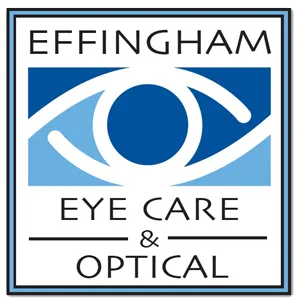
Parents are often aware of the need to screen children for nearsightedness or farsightedness, but fewer know about other pediatric vision problems. Ocular motor dysfunction is a condition that often manifests in childhood, although adults may also have this disorder. Because ocular motor dysfunction causes serious disruption of everyday abilities such as reading, it is important to receive a comprehensive eye exam to test for this condition.
What Is Ocular Motor Dysfunction?
Six muscles control the movement of the human eye. These tiny muscles work together to allow the eyeball to move up, down, left, and right. In most people, the brain signals the muscles to move the eyes without our conscious awareness. For people with ocular motor dysfunction, however, the eyes do not work together properly to contribute to smooth, fluid eye movements.
There are several movements necessary for proper eye function. Smooth pursuits involve following a moving object accurately. Saccades are often used when reading or tracking information; they appear as the eyes jumping back and forth very quickly. Additionally, the eyes must be able to move inward and outward to change the point of focus. Disruption in the effectiveness of eye muscle activity may significantly impair everyday abilities, resulting in the following symptoms:
- Losing one’s place or omitting words when reading
- Difficulty smoothly tracking or following moving objects
- Academic difficulties
- Difficulty sustaining attention on a task
- Poor coordination
- Vertigo
- Nausea and motion sickness
If your child exhibits any of these signs, it’s important to schedule a comprehensive eye exam promptly to diagnose ocular motor dysfunction or rule out alternative explanations.
Diagnosis of Ocular Motor Dysfunction
An optometrist can diagnose ocular motor dysfunction by conducting a variety of tests. Your eye doctor may ask you to visually follow an object while keeping your head still. This allows the doctor to identify tracking difficulties. The doctor will also look for reduced accuracy of saccades (the quick back-and-forth eye movements), inability to follow objects in a particular sequence, and need to move the head or follow a finger to follow along on a page.
Treatment for Ocular Motor Dysfunction
Your eye muscles are just like other muscles in your body; exercising them can help them perform better. As a result, vision therapy is one of the best treatments for ocular motor dysfunction. Vision therapy allows you to practice new skills to strengthen eye muscles’ ability to work together effectively.
